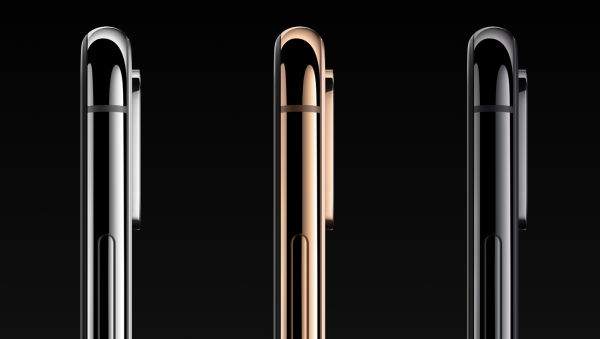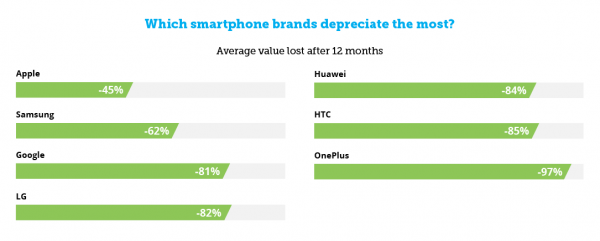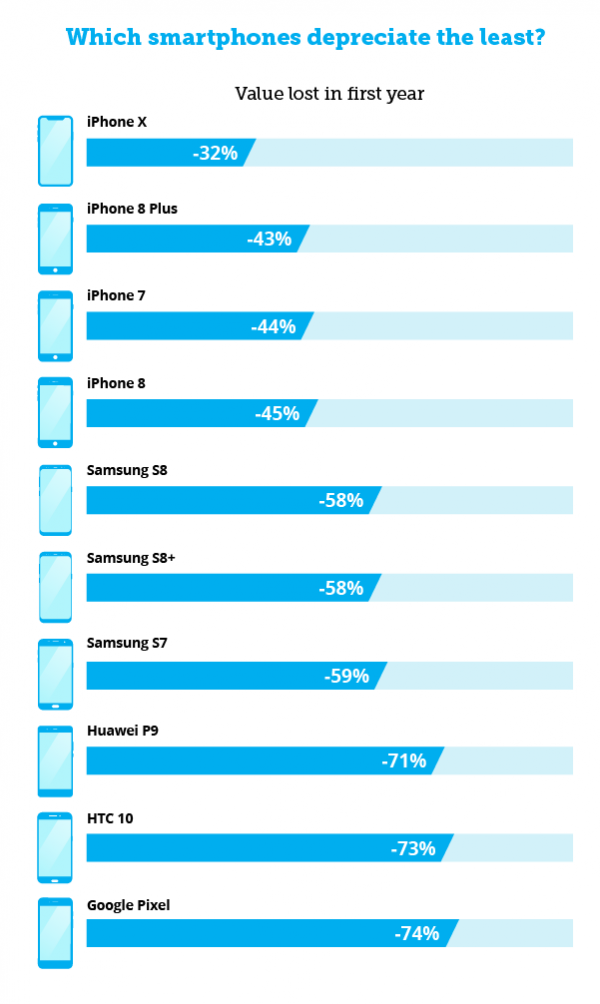
iPhone Forever →
MG Siegler on The $1,500 iPhone, the next (last?) stop on the march towards 'Apple Prime':
It just makes sense. I do believe this year may be an aforementioned test of Apple’s customers willingness to pay insanely high prices for a phone. I can’t see the trend continuing with the $2,000 iPhone. But actually, I can! It will just be obfuscated by monthly payments. Just as it used to be in the days of carrier subsidies! But this time, such payments will be going directly to Apple.
Again, this is already happening for those of us on the iPhone Upgrade Program. And it means there is no $1,500 iPhone, it’s more like a $60/month iPhone. And you can easily talk yourself into it because thanks to being eligible for a yearly upgrade to the latest iPhone, you’re never paying full price for a device. Instead, if you do the math (which most won’t), you’re paying roughly half the cost for the top-of-the-line model over that year.
Of course, you’re also paying Apple in perpetuity! And this monthly bill is only going to go up as they bake in AppleCare (which they do), theft protection (new this year!), and eventually all sorts of other goodies: iCloud storage, Apple Music, Apple Television (the service, not the box), etc.
This is how Apple truly becomes a services business. And it’s happening in front of our very eyes.
This is exactly what makes Amazon Prime so successful — start with a killer service, charge a monthly fee, constantly add new value and perks to make it impossible for subscribers to leave, and slowly raise the price.
I can absolutely see Apple working towards this.
I’m not sure when Apple realized and started executing upon this gradual price increase strategy. My best guess is just after 2011, when the top-of-the-line price started inching upwards again. Perhaps (almost certainly?) not coincidentally, this was the same year they let carriers subsidize old models down to $0. Apple let the lowest iPhone hit the bottom in order to set the top-of-the-line on a trajectory towards the stratosphere.
And it worked, rather beautifully. Now, I believe, the $1,500 iPhone offers a glimpse into Apple’s next phase. The $99/month, forever, iPhone.
iPhone forever.


Smartphone Depreciation →
Like most technology, smartphones lose their value over time. As new models are released with improved features and capabilities, people start to lose interest in older models, and with this decreased demand comes a dip in value.
However, this depreciation doesn’t always happen at a steady rate – certain things can cause sudden drops. Knowing the best time to sell your phone can help make sure you get the most money possible.
Apple Glasses Are Coming - Here's Why →
The Only Conclusion for Apple Criticism →
I really wish I was exaggerating, but these seven reasons are the main ways Apple critics attempt to explain why someone would choose to buy products critics believe are both overpriced and inferior to their competition. Because if you’ve already come to the conclusion that Apple products are overpriced and inferior, but hundreds of millions of people still buy them, the only conclusion must be that there is something seriously wrong with the people who buy them.
What is the Future of Mac Apps? →
The rumor of Apple converging iOS and macOS is starting to make a whole lot of sense.
Apple Slowing Down Old iPhones →
Brian X. Chen of NYT:
What Apple is acknowledging is a power management technique in which the iPhone scales back processing power to keep the device running for longer when its battery health is low. Lithium ion batteries have a limited number of charge “cycles” before they can no longer be recharged properly. Apple’s website says the battery loses about 20 percent of its original capacity after 500 charge cycles.
In other words, if your iPhone is beginning to run out of battery capacity, these slowdowns might kick in to keep it running for longer or prevent it from shutting down unexpectedly.
This isn't a ploy to get old iPhone customers to upgrade. On the contrary, this is an engineering decision made to keep your old iPhones running longer.
Engineering-wise, I think Apple made the right decision. But user experience-wise, I definitely think Apple needs to better communicate these limitations of lithium ion technology, especially when an iPhone customer's battery has degraded past a certain threshold.
Every iPhone customer should know the cheapest solution is to replace the battery through Apple for $79.
Rumor: Apple to Converge iOS, macOS Apps →
For Microsoft, shifting to universal apps was a way to shed legacy baggage and encourage support for post-PC devices. For Google, bringing Android apps to Chrome let them tap into native functionality and performance.
For Apple, it lets the massive iOS platform help pull the Mac platform forward.
If true, this would be another classic case of Apple copying an idea where that others have failed to execute.
It's a brilliant idea but the success or failure of this type of move would come down to the nitty gritty details that will affect iOS/macOS developers.

Two Weeks with iPhone X
Whenever a new technology or big redesign comes along, reactions tend to split between two types of people:
- Those who like things just the way they are.
- Those who embrace change.
Those in the first group, Apple introduced the iPhone 8. It's for those who like the familiarity and comfort of the same hardware design since 2014. It's for those who want the same iPhone, but better.
The iPhone X is for iPhone customers in the second group. Those who are happy in the Apple ecosystem but are eager for something new.
After using the iPhone X for two weeks, I'd like to share some of my experiences for those who are considering it and highlight some details you probably missed.